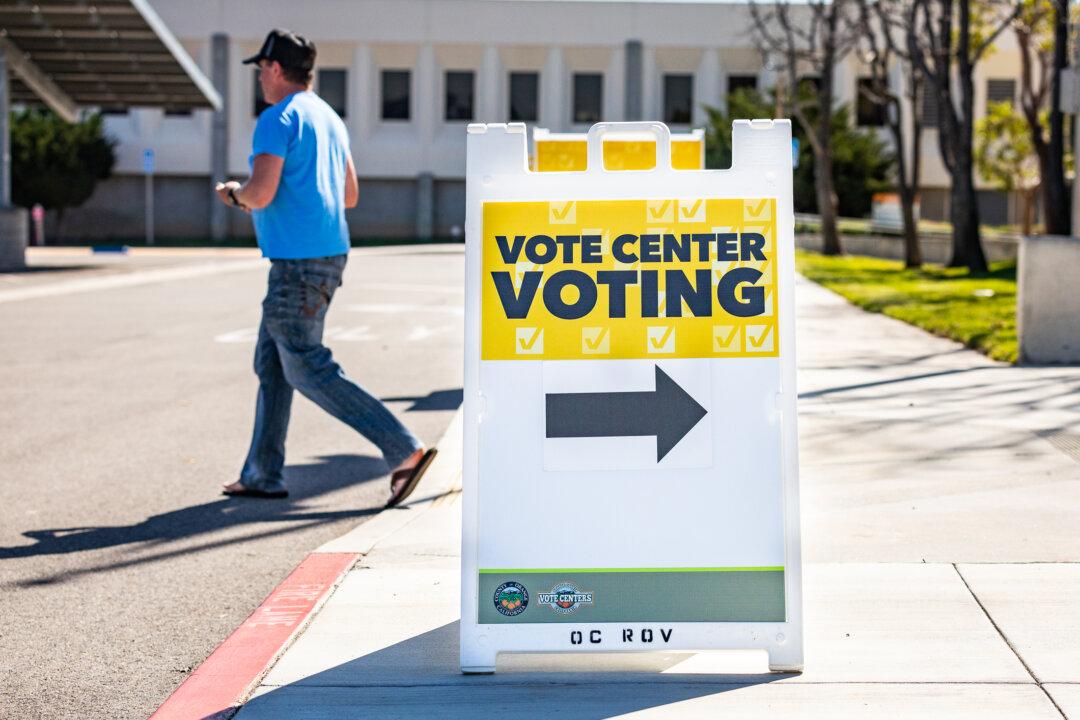Commentary
California’s “Official Voter Information Guide” is now being distributed to mailboxes across the state. Languages include English, Spanish, Chinese, and Vietnamese. It ought to be essential reading. But I noticed a dozen of them thrown into the trash bin next to my apartment complex’s communal mailbox.





